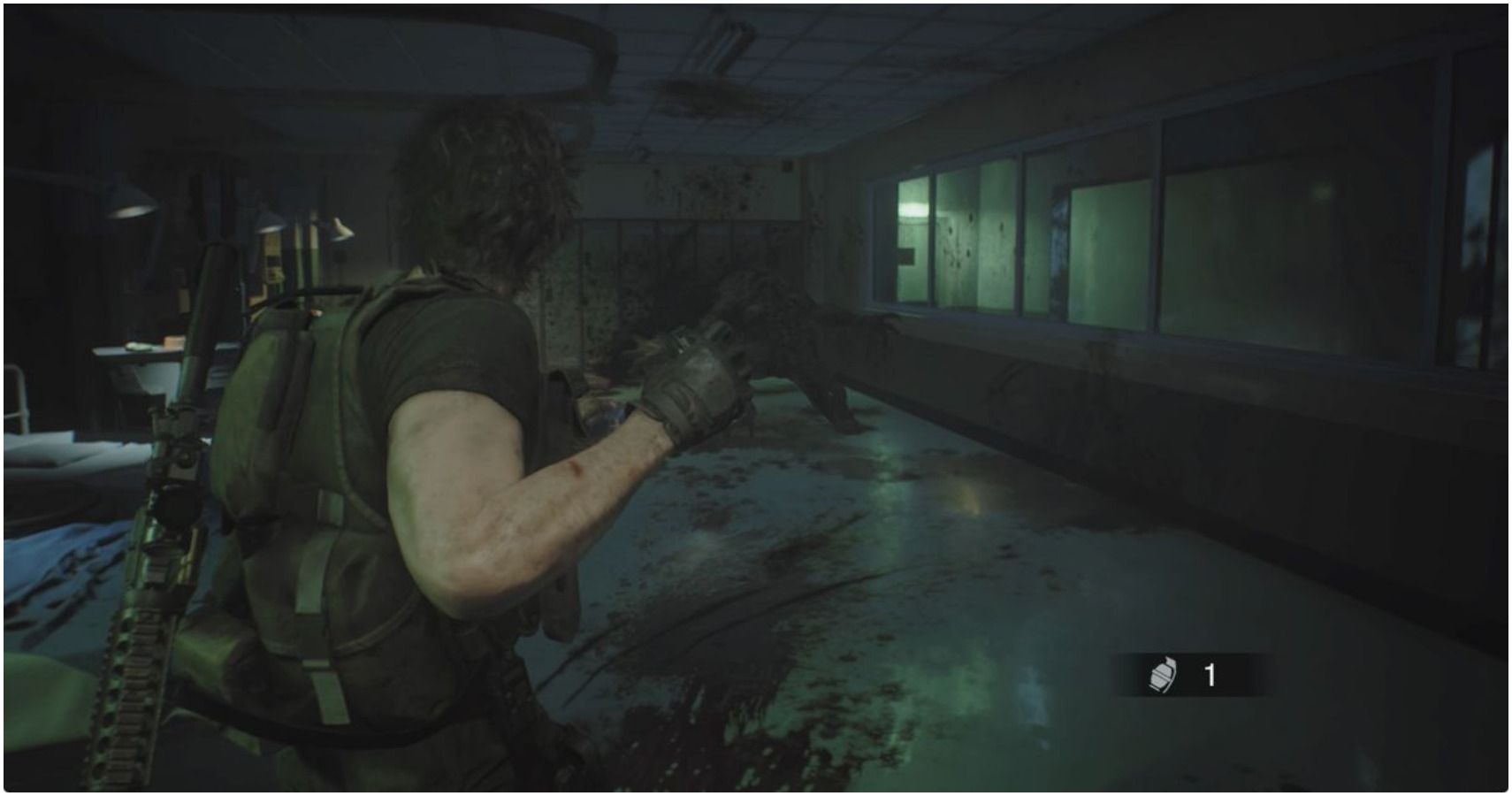
Mikami's biggest influence was the one he was least vocal about, a French game called Alone in the Dark. Everything from George Romero's Living Dead movies to Alien and Jaws were named as influences, as well as an old Capcom RPG called Sweet Home – a game that might have played like a typical RPG, but had the perfect setting and premise. "I wanted to do a really scary game," Mikami remarked in a 1996 interview, "not ghosts or crap like that, but real monsters that you could see that would come and attack." The horror genre had been around in games forever, but they tended to either lack that visceral element, or they veered too strongly toward action to be truly scary. Perhaps tiring of the licensed fare he had spent so much of his career working on, he chose instead to target the growing number of older gamers craving more mature games. Mikami had six months to develop a concept and deliver it to Capcom.

Sega was preparing multiple new systems, and newcomer Sony was still many ways away from their launch, with many doubting their ability to knock down the industry's titans. It was early 1994 when Mikami began his project, and the next chapter of console gaming was still unclear. His project was built from the ground up as something only a 3D-capable system with a whole lot of storage could deliver – a flagship game for a new wave of gaming. Designer Shinji Mikami had spent the 16-bit years working on Disney games for the Super Nintendo, but his next project took things in a radically different direction. The next generation of consoles would be nothing like the last. No Room Left in Hell As the page turned on the 16-bit console era, videogaming was in the middle of two different revolutions: the leap to three dimensions, and the vast ocean of storage afforded by CD-ROM media. In the years that have followed, Resident Evil has continued to mutate and spread, and in 2009, it remains as infectious as ever. In the mid-'90s, blood and gore had been co-opted for Itchy & Scratchy-like shock humor, but Capcom's 32-bit blockbuster brought horror back to its roots, and the industry hasn't been the same since. Resident Evil defined the survival horror genre – perhaps the only game in history to name its genre and have it stick. But when the lights were out, and everyone else was asleep, you still clutched the controller like a teenage girl grabbing the arm of her beau, and at least once, you let out a yelp. From the campy title that would embarrass Ed Wood to the ham-fisted voice acting, it was the closest thing videogaming ever got to a midnight screening at the drive-in.

If you name a horror cliché, Resident Evil has probably done it at least twice.


20, 2009 - An elite police unit, a creepy old house, and zombies coming from every direction.


 0 kommentar(er)
0 kommentar(er)
